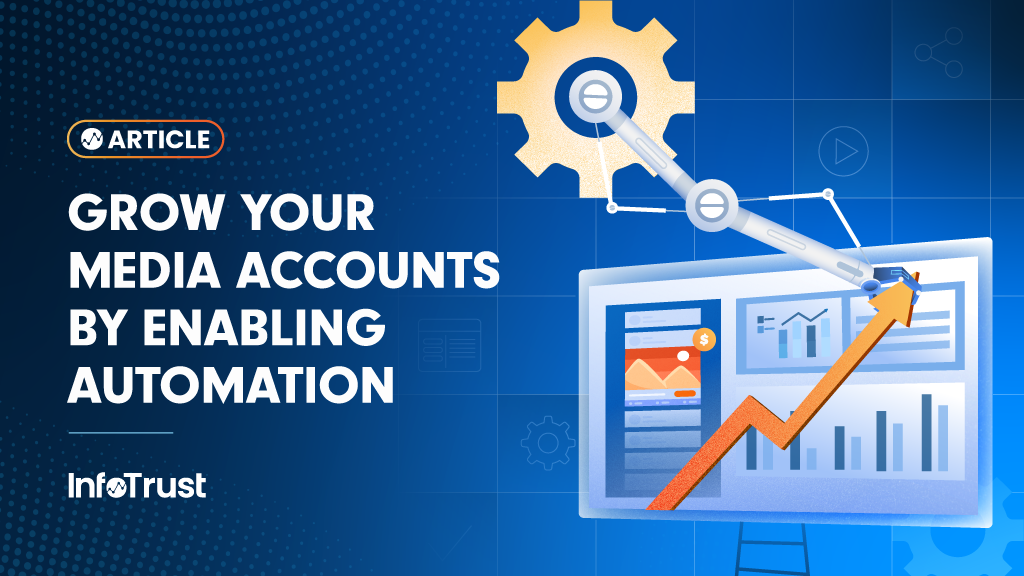As media buyers, you’re no strangers to the rapid changes sweeping through the world of paid digital media. The landscape is shifting beneath our feet, and if there was ever a playbook, it’s about to be tossed out the window. With consumer choices on cookies up in the air, privacy concerns reshaping data usage, the increasing integration of AI in day-to-day management, and seismic shifts among industry giants, the path forward might seem unclear. Though fear not—“data-enabled automation” is the key to navigating this evolving terrain and securing higher media budgets for 2025.
Creating More Value with Data
Media teams need to work with analytics teams to use the power of first-party data and stay ahead in this game. There are many strategies to collaborate on: from establishing measurement frameworks to inform impact of upper-funnel media (i.e. incrementality testing) to capturing log-level data for feeding into an MMM guiding quarterly investment allocations. Two examples that can enable Demand Side Platform (DSP) or other media-buying platform automation with relative speed are lifetime value (LTV) propensity models and regression-based attribution (RBA).
- LTV Propensity Models: By analyzing customer data, you can predict which customers are likely to generate high lifetime value. This allows for more effective targeting and value-based bidding (VBB), ensuring ad spend is allocated to the most valuable segments.
- Regression-Based Attribution (RBA): Moving beyond last-click attribution, RBA provides a detailed understanding of how different touchpoints contribute to conversions. This enables better budget allocation across channels, optimizing overall performance.
Usually, both can be used to weigh conversion data to improve the overall business results and used in your active bidding strategies. Let us discuss how:
Enabling Platforms with Enhanced Data
To fully leverage automation, it’s essential to provide media buying platforms with data inputs of both quantity and quality.
- Quantity: Platforms require certain minimum volumes of activity to properly train their algorithms. However, pursuing higher volumes, if not done carefully, may cause media teams to chase less desirable actions that stunt potential performance.
- Quality: Platforms are generally pretty good at driving the action you tell them to drive, and high-quality data helps drive higher performance. However, pursuing performance above all else can lead media teams to chase highly business-objective-aligned actions that have such low volumes that algorithms never complete their learning phases.
- Balancing Quantity and Quality: This is where using enhanced data shines. For example, integrating LTV propensity models into VBB helps platforms make more informed decisions, optimizing bids based on the predicted value of the interaction. It is here, in the balance of quality and quantity, that the best possible performance is driven.
- Getting the data into platforms can take a few forms: from APIs, to manual offline uploads, to instantaneously providing calculated value via the data layer.
Driving Efficiency And Increasing Performance through Consolidation
Use AI-informed algorithms to grow your clients’ business and win when they win. As the primary driver of performance across paid media platforms, the ability to stand out from the crowd and drive truly excellent business results lies within high-quality, clean, enhanced data to power the algorithms.
When it comes to ensuring clean and enhanced data is enabling your media buys, think of InfoTrust. InfoTrust offers access to the Google Marketing Platform and advanced data enablement. Uniquely positioned not as an agency, but as a supportive data enablement partner across Display & Video 360, Campaign Manager 360, Google Analytics 4, and beyond.


